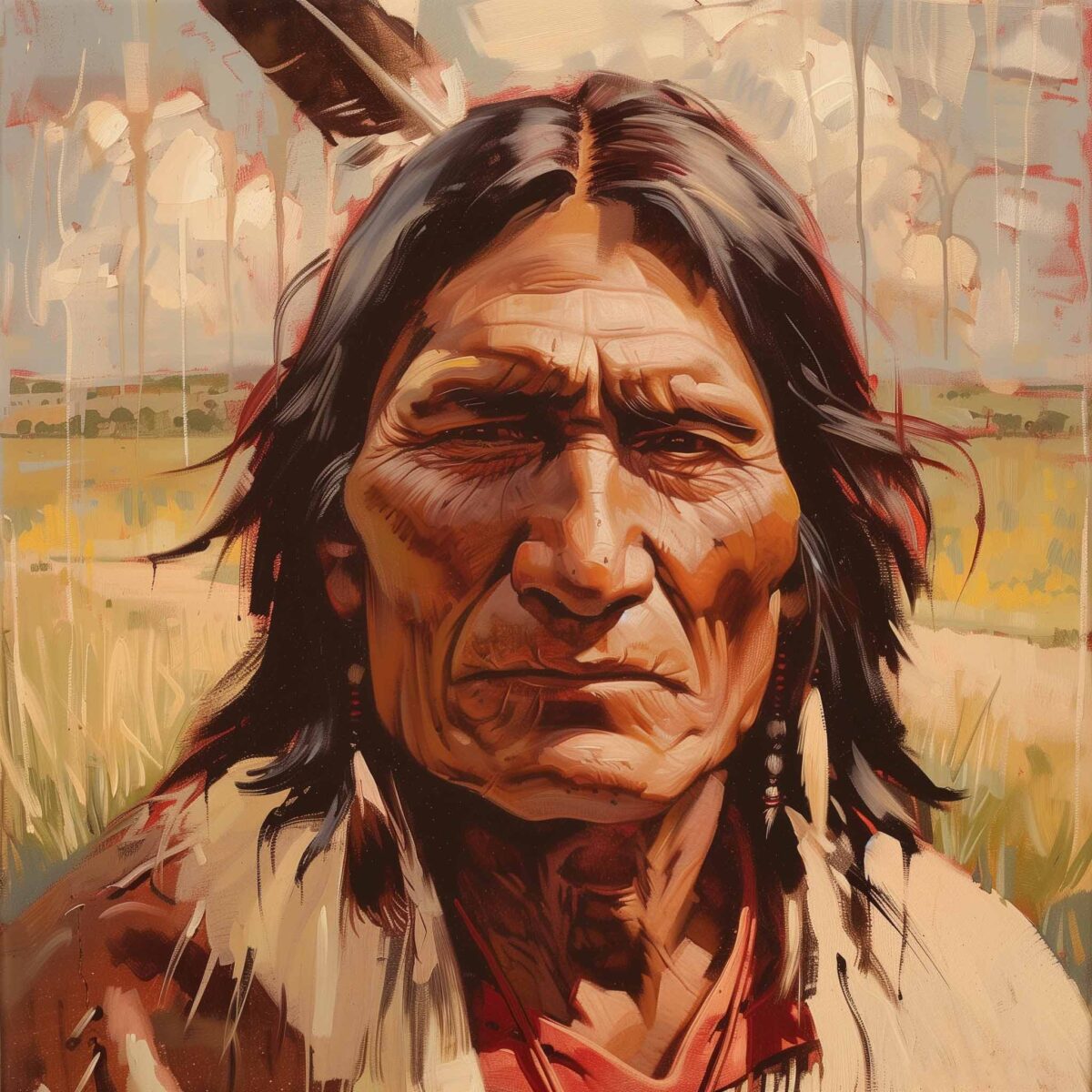MHQ contributing editor Robert M. Utley is a longtime historian of the American West and author of many acclaimed books. The latest, Geronimo (Yale), is his second biography of a great American Indian fighter, following his 1993 The Lance and the Shield: The Life and Times of Sitting Bull.
Why write about Geronimo after so many years researching the West?
I did an article on Geronimo for MHQ in 1992, about the same time I was wrapping up the Sitting Bull biography. I had intended that Lone Star Lawmen (1997), about the Texas Rangers in the 20th century, would be my last big book. My agent insisted otherwise and suggested Geronimo.
How do Geronimo and Sitting Bull compare?
A biography of Geronimo proved a much harder undertaking, although The Lance and the Shield took four or five years to write. For one thing, Sitting Bull lived entirely within the dictates of his culture; you could glean some sense of him by studying the culture. Geronimo lived outside his culture’s restraints. He frequently did as he pleased, even when it violated his people’s tenets. One example is the Apache concept of raid and war. A raid was considered strictly for replenishing supplies. War was for revenge. Yet Geronimo made a career of raids aimed at plunder.
Also, Sitting Bull’s life is well documented in contemporary Indian sources. Geronimo’s is not. It wasn’t until he was in his 50s and fighting the American settlers that he was noticed by whites. After that, the sources bloom.
Geronimo never attracted a large following. Why not?
He was not a chief; you earned that position through heredity, and his father was not a chief. Geronimo was also not widely liked by his people. Some detested him. Some admired his power even though they disliked him. Some feared not only his power but his potential for getting them in trouble.
Geronimo is often noted for his brutality. Is his reputation deserved?
Geronimo was particularly brutal toward Mexicans. In 1851, when he was 28, his band was camped near the town of Janos in Chihuahua when Mexican soldiers swept through while the men were away. They massacred everyone, including his mother, wife, and three children. After that, his raids were chiefly about revenge. Otherwise, he was neither more nor less brutal than other fighting Apaches. He distrusted all Mexicans and Americans, not without cause. When first apprehended in 1876, he was shackled and thrown into jail, where he remained for four months. He never shook off the humiliation of that episode.
What surprised you about Geronimo?
For two years before he surrendered in September 1886, he was constantly on the run, eluding both army pursuers and Apache scouts. During that time, he never once had even a skirmish. So his greatest feat as a fighting leader was perhaps that he avoided war for two years.





